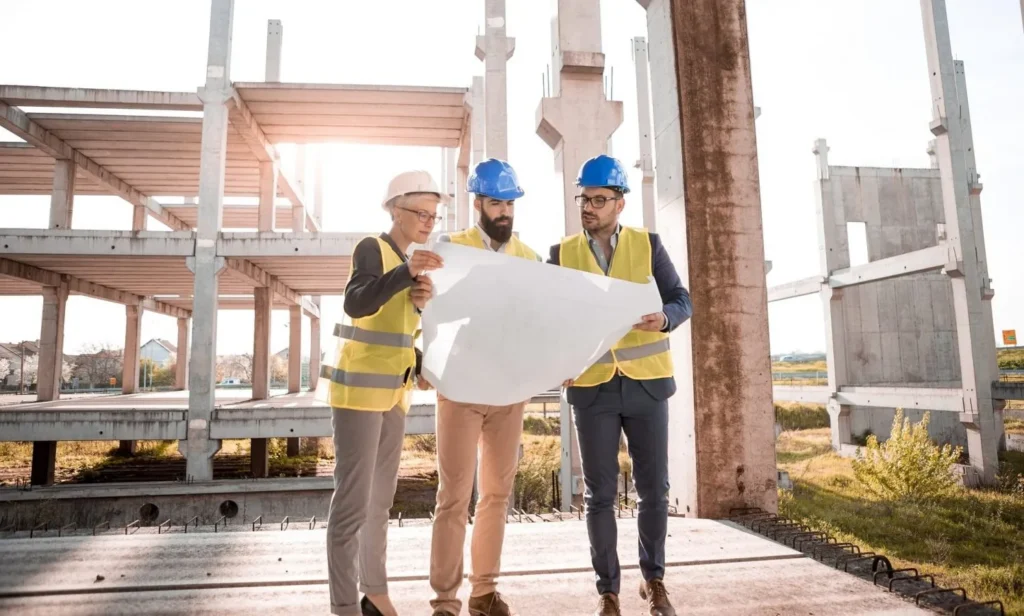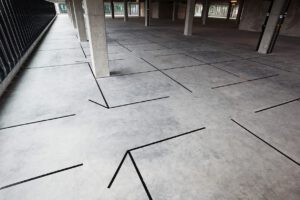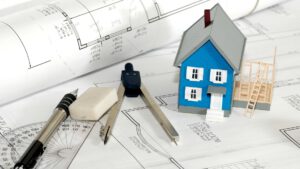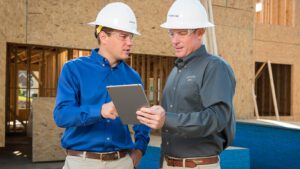Unprecedented inflation and volatility are being reported in the construction industry and many other sectors. According to the US Census Bureau, building expenses increased by 17.5% annually between 2020 and 2021, the biggest increase in this category in over 50 years. Costs in 2021 were 23.5% higher than in 2019 before the pandemic, demonstrating the magnitude of the impact on demand and all levels of the material supply chain during the previous two years.
Customers, builders, and traders alike are experiencing a great deal of discomfort due to the volatility of commodities prices (such as timber and steel) and the constant rise of other items (such as appliances, worktops, tile, and sheetrock). This price volatility and inflation aren’t going away any time soon because of such topics as supply chain snags, increased demand, labor shortages, geopolitical turmoil, and environmental setbacks.
As a result, what does this mean for you and your upcoming custom house or remodelling project? During this era of building price instability, this article offers some advice for achieving success.
TIP# 1: Work with a trusted and experienced builder as a partner
Proper planning and long-standing industry ties have helped veteran custom builders like us survive the crisis as the supply chain continues to fall apart.
Build a relationship of trust with your custom house builder as early as feasible in the process. This will help you keep your financial goals in mind during the design and pre-construction phases of your project and the building period. As early as possible in the design and construction process, your custom builder may, and should, conduct pricing exercises and develop a tentative construction budget. When the cost of a specific material is prohibitively expensive, a builder’s knowledge of market pricing patterns can assist you to “value-engineer” your design by suggesting lower-cost alternatives.
To add insult to injury, the labor shortage is expected to favor bespoke builders with extensive ties with subcontractors and vendors. Subcontractors and suppliers are more inclined to avoid panic pricing than the current market conditions support since they know they can rely on experienced, high-quality, and well-run builders for future business. It is also possible to acquire numerous quotes for all main cost categories in your budget from builders with excellent ties with various subcontractors and vendors.
TIP #2: Keep Sub/Vendor Pricing Locked In As Early As Possible
As early as feasible, your custom builder should start securing the price of your project. There are several advantages to signing and paying a construction contract and deposit as soon as possible, so homeowners should take advantage of this opportunity. Others will allow us to lock in pricing before we are ready to ship. Builders can sometimes lock in prices early on the basis of the commitment provided by a signed bid to a sub/vendor. The sooner your builder can assess offers, verify their accuracy, and sign them, the more of your project’s cost will be locked in, so be sure they are organized and engaged.
It’s also a good idea for your custom builder to place orders for items that are suffering supply chain challenges far sooner than they would in typical market conditions (such as appliances, windows/doors, HVAC, beams/trusses). Construction delays caused by a builder’s lack of organization might cost them a lot of money and delay your project for weeks or months.
TIP #3: Don’t wait to make your choices!
We’re sorry if we sound like a broken record, but we’ll repeat it. Early picks are crucial. Your plans and specifications will be more precise, your budget will be more accurately estimated, your builder’s ability to lock in price and place orders early, and your overall experience will be less stressful as you make more design choices during the architectural design process. As a result of early decision-making, you and your builder will have the information you need to feel more secure about your financial commitment.
TIP #4: Have contingency plans ready in case of an emergency.
During the selection process, don’t forget the various design finishes you loved. Having a list of the two best possibilities for different finishes (i.e. plumbing fittings, countertops, etc.) will allow you to switch to the second choice if the first option goes over your budget. This is especially beneficial for products whose prices have increased and whose lead times have lengthened due to supply chain concerns (some plumbing fittings and appliances imported from specific nations) and other items.) Make sure you have a wide range of contingency plans during this period of extraordinary and unpredictable price volatility.
TIP #5: Plan for Cost Overruns,
Try to keep the scope of your custom house or remodeling project less than you can afford today. To put it another way, don’t spend more money than you’re willing to own, your first house design or restoration plans. Your builder should incorporate a significant contingency in your budget so that any unexpected price rises during construction will not derail your project or burst your budget.
It’s a bitter pill to take, but it will spare you much pain and misery in the long run. Price variations in the hundreds of building materials will significantly impact the overall cost of your home’s construction, especially in the current market. An adequate budget and a builder who keeps an eye on and manages that budget are essential components of a successful renovation project.
TIP #6: Keep a positive outlook.
As we all know, staying optimistic may make any situation more bearable in the long run. Custom home building and renovation can be intimidating and unpleasant at times. Still, with the appropriate partners and a frequent dose of trust, enthusiasm, and good humor, you can quickly and efficiently overcome speed bumps.
If you follow our advice, you should have an easier time dealing with the inflation and volatility we’re seeing right now. The most important piece of advice we can provide you is to pick an appropriate team for your area. A fun and successful experience and long-term connections may be had by working closely with your architect, interior designer, and a custom builder.












